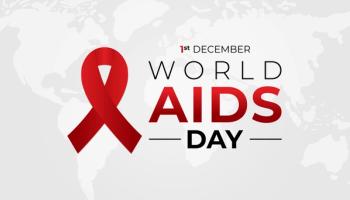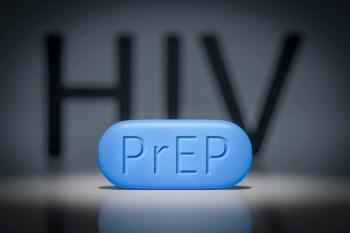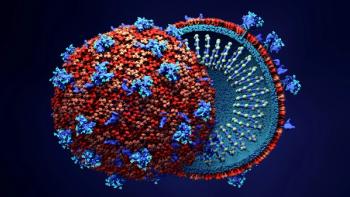
Examining Adverse Pregnancy Outcomes in People Living with HIV
The known benefits of antiretroviral therapy (ART) in pregnant persons living with HIV outweigh the risks, which include low-birth weight and metabolic complications for the pregnant person, says the lead author of a review article ART and adverse outcomes published in the New England Journal of Medicine.
Worldwide, approximately 1.3 million women with HIV become pregnant each year, and slightly 1.1 million of them receive antiretroviral therapy (ART) during pregnancy.
Still, numerous challenges exist in understanding the adverse pregnancy outcomes related to ART use during pregnancy.
Eke was the lead author of a
“A review of these adverse effects of antiretroviral therapy in pregnant people living with HIV is important for several reasons, including ensuring the safety of both mother and the unborn child when using ART; optimizing treatment outcomes in pregnant persons living with HIV; and informing future treatment guidelines in pregnant and postpartum persons living with HIV,” Eke said. “As new ART becomes available, ongoing surveillance of adverse effects in pregnant persons living with HIV is critically important.”
Among the chief takeaways from the review are that the known benefits of ART in pregnant persons living with HIV, both in maintaining maternal health and in preventing transmission of HIV to the infant, outweigh potential adverse outcomes.
A second important point is that there is limited data on pregnancy-associated adverse effects with the newest ARTs, such as bictegravir, doravirine, ibalizumab, and the long-acting injectable agents cabotegravir and rilpivirine, noted Eke. However, he also said that pregnant women should remain on well-tolerated ART regimens that result in optimal viral suppression.”
Eke and his co-authors, Mark Mirochnick, M.D., of Boston University Chobanian & Avedisian School of Medicine, and Shahin Lockman, M.D., of Brigham and Women’s Hospital and the Harvard T.H. Chan School of Public Health,reported several associations between antiretroviral therapy and adverse pregnancy outcomes, including preterm birth, low-birth weight, maternal weight gain, and metabolic complications.
They concluded that although the development and use of antiretroviral therapy has been a major breakthrough in the management of HIV/AIDS in pregnant people living with HIV, and has significantly reduced perinatal HIV transmission, the ideal ART regimen in terms of safety during pregnancy is yet unknown.
Eke said that enhancing maternal and infant health outcomes depends on assuring the safety of ART used during pregnancy. While ART is typically well-tolerated and safe, several ART medications have been linked to unique safety issues during pregnancy, including a higher probability of unfavorable pregnancy outcomes, he noted. “Finding the best ART regimen for HIV-positive pregnant people can reduce the risk of these negative effects and enhance mother and newborn health,” Eke aid,
Choosing the best ART regimen during pregnancy is crucial to preventing perinatal HIV transmission, Eke said. Transmission rates of less than 1% have been reported in high-income countries when women receive ART during pregnancy and delivery and their newborns receive ART prophylaxis. More babies can be born HIV-free if the safest and most efficient ART regimen is developed for pregnant persons living with HIV.
“To give its patients the best treatment possible, the healthcare sector must stay current on the most recent studies on the safety and efficacy of ART during pregnancy. Finding the optimum ART regimen in terms of safety during pregnancy is essential for enhancing maternal and neonatal health outcomes, reducing mother-to-child transmission of HIV, and giving pregnant persons living with HIV the best treatment available,” Eke said. “The need for continued research to help find the safest and most efficient ART regimens for use during pregnancy is crucial for the HIV healthcare sector.”
Newsletter
Get the latest industry news, event updates, and more from Managed healthcare Executive.




